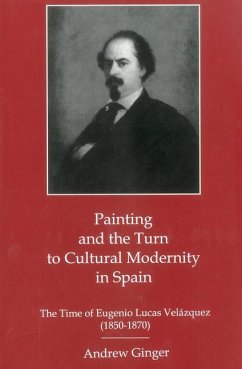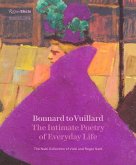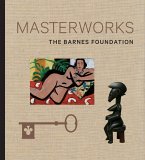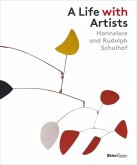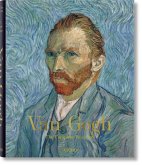Cultural modernity has habitually been defined as a focus on the means of representation themselves, as opposed to art that imitates external reality or expresses its maker's inner life. The crucial moment is usually considered the emergence of Edouard Manet in mid-nineteenth-century France, and the features of French developments have been seen as defining terms in the theory of modernity. However, recent art and cultural history have often spoken of plural modernities, distinct from the pattern set in France. For the first time, this study in cultural history explores how Spanish culture took a radical turn toward the medium of representation itself in the 1850s and early 1860s. It argues that this happened in a way that is critically at odds with many fundamental theoretical suppositions about modernity.

